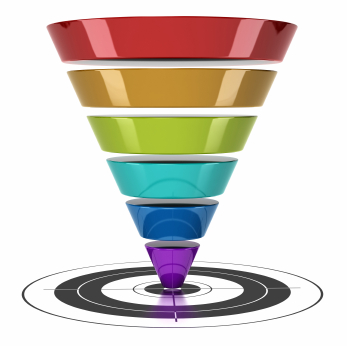Small Business SEO Series Part 2 – Convert
 Building a strong website can be the key to growing your small business. With a firm grasp of content guidelines and SEO for small business, a site with strong copy, good keyword placement and a social media presence can raise your profile and draw in prospective clients. But once you’ve done that, you still need to convert them into customers. And for that, you need a different set of tactics.
Building a strong website can be the key to growing your small business. With a firm grasp of content guidelines and SEO for small business, a site with strong copy, good keyword placement and a social media presence can raise your profile and draw in prospective clients. But once you’ve done that, you still need to convert them into customers. And for that, you need a different set of tactics.
Your first step is to build a website that takes full advantage of inbound marketing to draw visitors in. If you’re looking for tips that can help you maximize your site’s potential, the team at MLT innovations is offering a free market analysis that can help you get some answers. But remember, tools like blogging and SEO for small business won’t complete the sale all by themselves. Without convert tactics, all that attention won’t lead to any revenue, and your business will be stuck back where you started.
The first critical convert tactic is the call to action. Whether signing up for a webinar or downloading a white paper, encouraging visitors to your website to take action can transform them from simple observers and begin an interaction that may lead them to become new customers. It’s vital to include buttons or links that ask your prospects to take that next step, and to make the call an enticing one; if you can’t get your readers to click through, then you won’t be generating leads.
Once your prospects click on a call to action, they should be sent to a landing page that delivers on the call to action’s offer. This is where the prospects make the first trade, downloading your white paper or signing up for that webinar, and in return they provide information that you can use to reach them again. Therefore, the landing page is where an anonymous visitor becomes a lead, so your team can begin the conversation.
So far, you’ve been using inbound marketing techniques like SEO for small business and social media engagement to draw entice customers to give your site a look, and your prospect has used the website to take the first step. Now, you can launch a campaign to close the deal.
Lead nurturing is an email marketing plan that uses a series of messages designed to nurture the lead with sequential content. Since you already know something about your leads’ interests based on the call to action they responded to, you can tailor the campaign to contain information they are likely to find relevant.
Because you should have more than one call to action, you should be getting more than one type of lead. That’s where marketing automation comes in: Your marketing campaign will depend on the specific information your leads provided on the landing page, in order for the messaging to reflect what you know about them. This way, you will have a different strategy for someone who signs up for your newsletter than for someone who watches a webinar, or someone who just follows your company’s Twitter feed.
This is the role of an email campaign in an inbound marketing effort. Just as SEO for small business can help prospects find your company, email marketing can help them decide to become customers. You still need to analyze how effectively these elements are working for you, but first you need to have them in place. Each step is useless without the other, since building a great site is only worth doing if you can convert your visitors into leads, and you need leads before you can mount a strong campaign.

